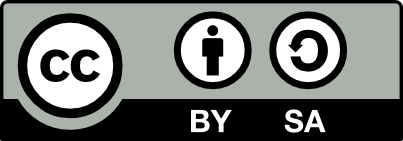Archives
International Journal of Zoology and Applied Biosciences Research Article

Structure and Spatial distribution of Phytoplankton from the Bouake’s Research Station fishponds (Central, Côte d’ivoire)
Y.Q.F. Kra, J.R Allouko, M.P. Adon, N.C.Kouassi and K.Y Bony
Year : 2021 | Volume: 6 | Issue: 5 | Pages: 261-269
Received on: 2021-10-21
Revised on: 2021-10-26
Accepted on: 2021-11-15
Published on: 11/23/2021
-
Y.Q.F. Kra, J.R Allouko, M.P. Adon, N.C.Kouassi and K.Y Bony( 2021).
Structure and Spatial distribution of Phytoplankton from the Bouake’s Research Station fishponds (Central, Côte d’ivoire)
. International Journal of Zoology and Applied Biosciences, 6( 5), 261-269.
-
click to view the cite format
Abstract
This study was carried out to evaluate phytoplankton structure from farmed environments at Bouaké’s Fisheries and Aquaculture Research Station (SRPAC). Measure of physical-chemical and phytoplankton flora sampling were realized from December, 2015 to March, 2016. Conductivity, water transparency and temperature were measured in situ. Phytoplankton was sampled in fishpond using a plankton net mesh-size 20 µm between 7 to 9 am. The results showed that conductivity varied from 19.37 mS/cm ± 0.21 to 23.88 mS/cm ± 1.20. Therefore, water transparency is relatively ranging from 16 cm ± 0.2 to 57 cm ± 0.5. The pond water temperature fluctuated between 28.34 °C ± 0.88 and 30.20 °C ± 1.27. Phytoplankton flora is spatially heterogeneous and is made up of 197 taxa divided into 7 branches. These are Chlorophyta (36.04%), Euglenophyta (24.87%), Bacillariophyta (14.72%), Cyanobacteria (13.71%), Charophyta (7.11%), Ochrophyta (2.54%) and Miozoa (1.02%). This phytoplankton study confirmed the existence of potential toxigenic microalgae identified in genus Anabaena, Anabaenopsis, Cylindrospermopsis, Lyngbya, Microcystis, Oscillatoria and Peridinium that could interfere with fish production. This study showed the main phytoplankton communities which dominate in the fish ponds of the Bouaké Research Station.
Keywords
Bouaké ’ s Research Station, Phytoplankton flora, Fishpond, Toxigenic microalgae.











